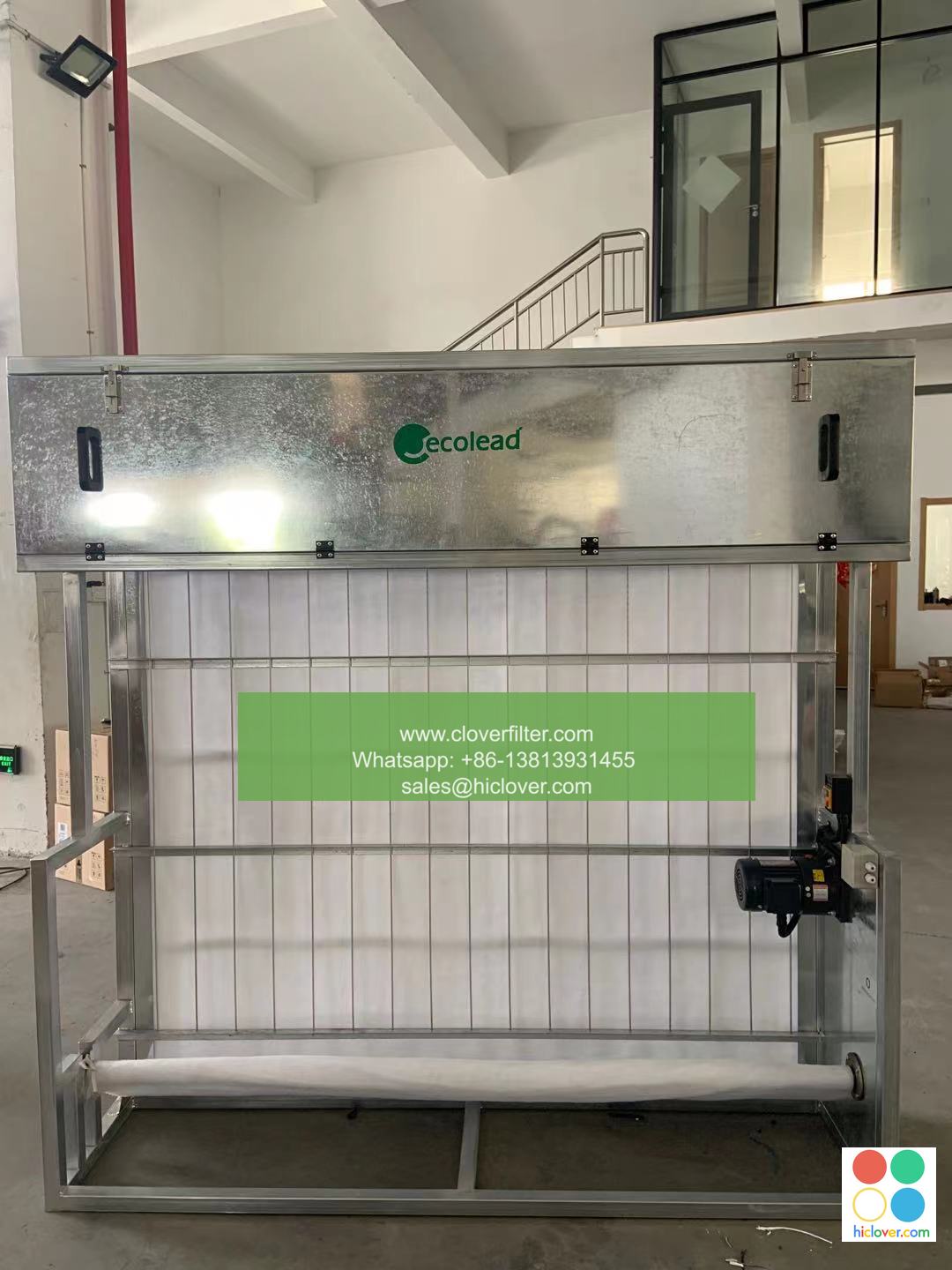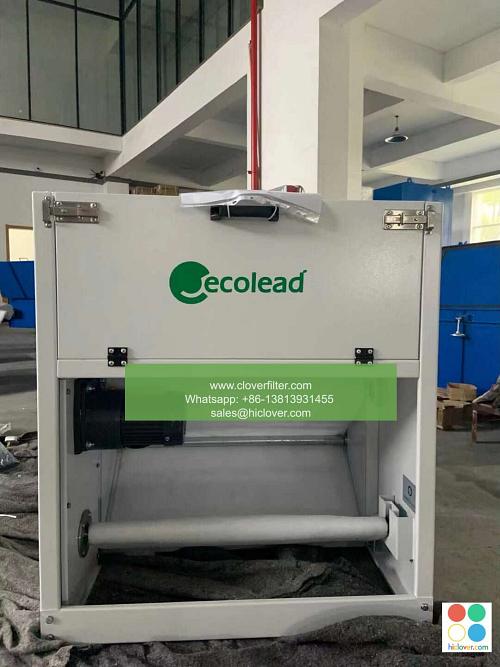Understanding the Environmental Impact of Air Filters

Air filters are a crucial component in maintaining indoor air quality, removing pollutants, allergens, and bacteria from the air we breathe. However, their production, use, and disposal can have a significant environmental impact. In this article, we will delve into the environmental sustainability of air filters, exploring their ecological footprint, carbon emissions, and waste management issues.
Production and Material Extraction
The production of air filters involves the extraction of raw materials, such as paper, plastic, and metal. The sourcing of these materials can have a significant impact on the environment, contributing to deforestation, pollution, and habitat destruction. Moreover, the manufacturing process itself can generate greenhouse gas emissions, water pollution, and waste generation. To mitigate these effects, manufacturers are increasingly adopting sustainable practices, such as recycling, reusing, and reducing waste.
Type of Air Filters and Their Environmental Impact
Different types of air filters have varying environmental impacts, depending on their filter media, frame materials, and disposal methods. For instance:
* HEPA (High Efficiency Particulate Air) filters are designed to capture 99.97% of particles as small as 0.3 microns, but their production requires significant amounts of energy and resources.
* Activated carbon filters are effective in removing volatile organic compounds (VOCs), odors, and gases, but their disposal can lead to environmental pollution if not handled properly.
* Electrostatic filters use electrostatic charges to attract and trap particles, but their production and disposal can generate electronic waste and hazardous materials.
Application Areas and Environmental Considerations
Air filters are used in various application areas, including:
* Residential buildings: Air filters are used in heating, ventilation, and air conditioning (HVAC) systems to maintain indoor air quality and energy efficiency.
* Industrial settings: Air filters are used in manufacturing facilities, power plants, and chemical processing plants to control air pollution and emissions.
* Transportation: Air filters are used in vehicles, aircraft, and ships to maintain air quality and engine performance.
In each of these application areas, it is essential to consider the environmental impact of air filters, taking into account factors such as energy consumption, water usage, and waste generation.
Best Practices for Environmental Sustainability
To minimize the environmental impact of air filters, it is crucial to adopt best practices in their production, use, and disposal. Some strategies include:
* Design for recyclability: Manufacturers can design air filters with recyclable materials and end-of-life disposal in mind.
* Energy-efficient production: Manufacturers can implement energy-efficient production processes and renewable energy sources to reduce their carbon footprint.
* Proper disposal: Users can ensure proper disposal of air filters, recycling or reusing them whenever possible, and avoiding litter and environmental pollution.
By adopting these strategies and considering the environmental impact of air filters, we can promote environmental sustainability, reduce greenhouse gas emissions, and maintain clean air and healthy environments for future generations. You haven’t provided a question or topic for me to respond to. Please provide a prompt, and I’ll do my best to provide a direct and uncensored answer.

